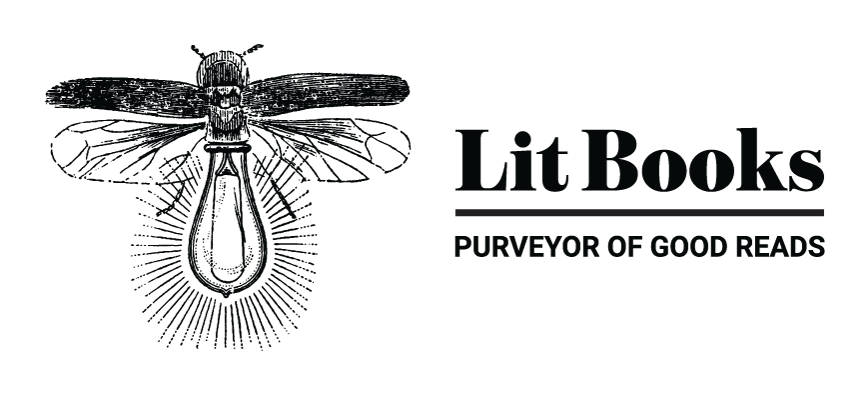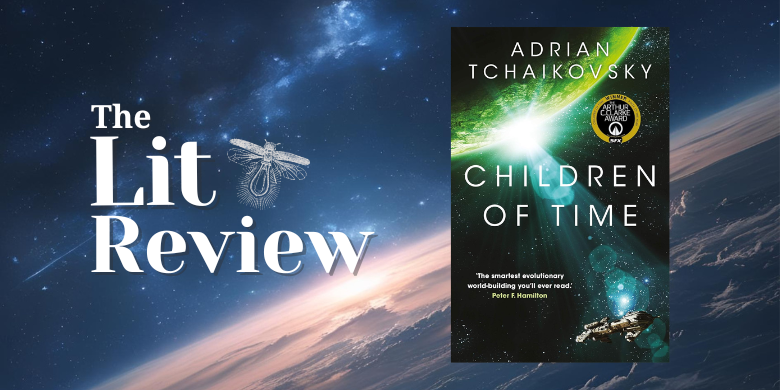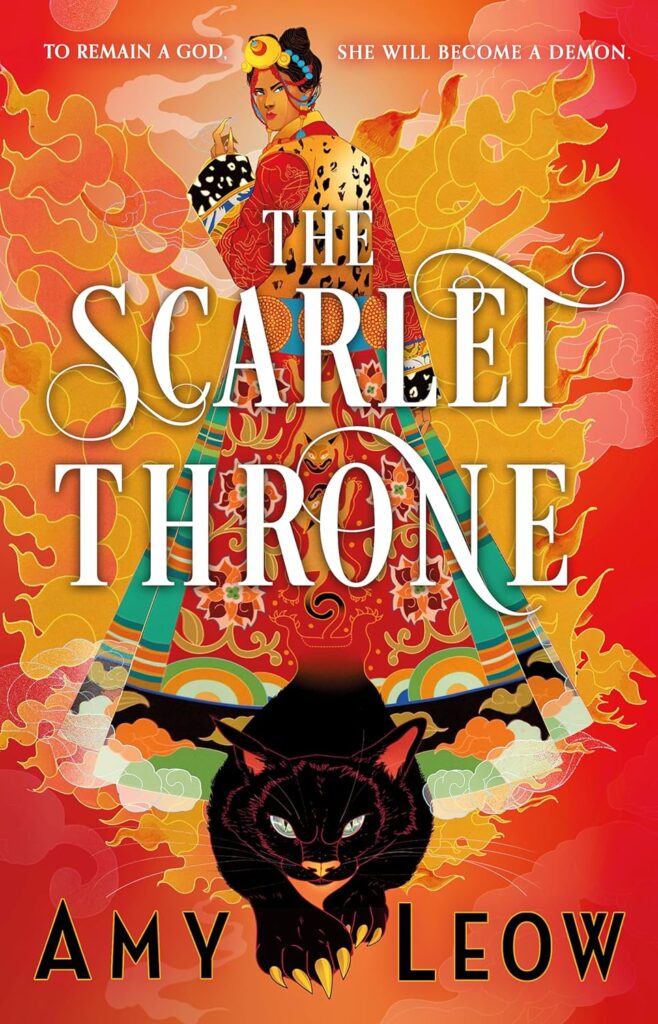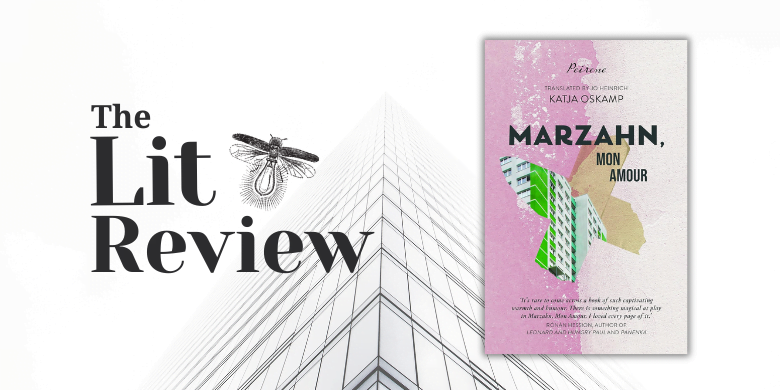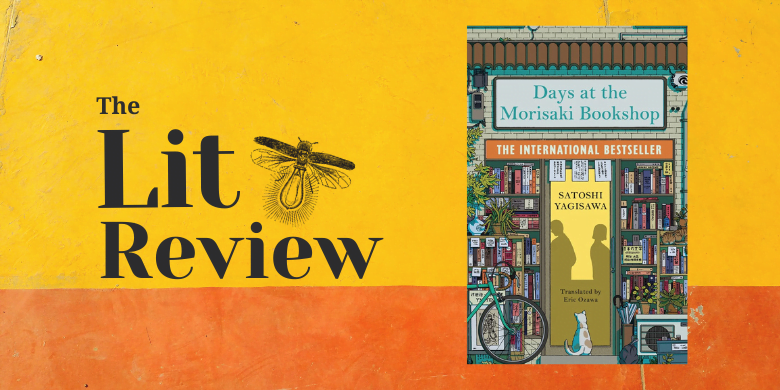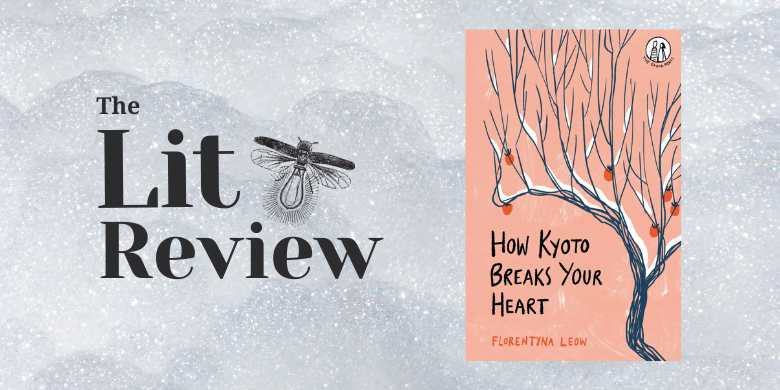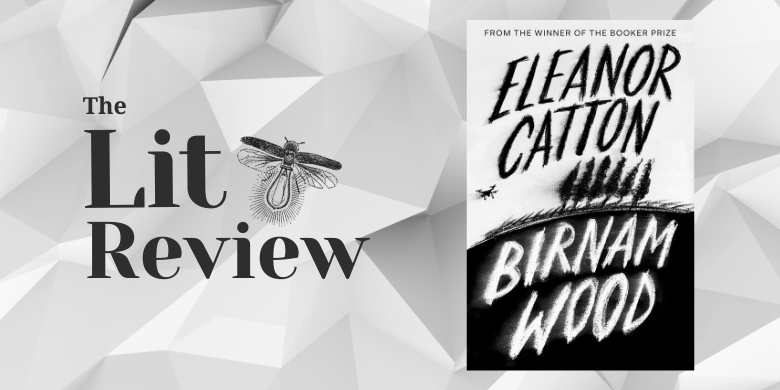
Behind Frenemy Lines (BFL) is a charming and delightful romantic comedy that vindicates author Zen Cho’s decision to make the switch from speculative fiction to romance. While this reviewer takes issue with the use of the neological portmanteau ‘frenemy’ in the title (or in any context whatsoever) he was pleasantly surprised to find himself completely absorbed by the life of Kriya Rajasekar and her love/hate interest, Charles Goh. Set in the UK but replete with tons of Malaysian references, BFL is an engrossing little book that will steal your evenings away from you.
The book opens with our heroine Kriya, then a law student, standing outside the doors of Swithin Watkins, a prestigious law firm of no small repute. She will, on that day, collapse on the steps of said law firm after catching her heel on a grate, and meet for the first time the male protagonist of the novel, Charles, whom she only knows and refers to as Beautiful East Asian Guy at that point in time. Meanwhile, Charles refers to Kriya as Hot Lawyer Who Hates Him –another nod to the rom-com trope.
Fast forward 13 years later and Kriya finds herself at yet another set of crossroads. Her boss at her firm, Arthur, is freshly divorced and has decided to make a brand new start by changing law firms. He has invited Kriya to join him and, being the loyal sort, she agrees. The new firm is, of course, Swithin Watkins, and her office mate is none other than the aforementioned ‘frenemy’ Charles Goh. Still beautiful, still successful. However, their relationship had changed. Having had professional run-ins with him over the decade plus years – and in not a single one of them does he come across as friendly – Kriya has decided that he was clearly the enemy. Shenanigans ensue.
Kriya and Charles are both utterly compelling characters with diametrically opposing personalities. Cho plays on the tried-and-true formula of opposites attracting to great success: Kriya is vivacious and outgoing, while Charles is introverted and wonkish. The book’s prose, which is told from each of their perspectives, switches effectively from lively and engaging to factual and staid, depending on whose perspective is at play. Cho succeeds because they are both incredibly funny and sympathetic characters. No longer is the male hero a brooding homme fatale whose chiseled jaw and broad shoulders disguise some long held trauma, nor is our Kriya a poor little rich girl.
True to form, BFL continues to shine a spotlight on Malaysian themes, while dealing with other issues, including workplace harassment, cheating partners, family, and leaky apartment pipes. And while there are occasions in the plot where the coincidences might seem just a bit too uncanny – Kriya’s ex-boyfriend showing up at Charles’ cousin’s wedding, for example – the writing is sufficiently charming and engaging to make you gloss over them and push on to resolution.
There is a tipping point in every book where the reader is either irretrievably sucked into the story, or where the reader is forced to decide whether or not to abandon the book. For romantic comedies, it is the opinion of this reviewer that the tipping point emerges very early on in the book and it is imperative that the story sinks its hooks into the reader as soon as possible. For BFL, this happens very quickly with the introduction of Charles who we instantly recognise as an Austenesque hero, albeit one with a more subdued public wit and charm.
BFL is an entertaining read that can be easily digested over an afternoon, on the beach or, preferably, in some cooler mountain climes. Recommended for rom com readers, as well as others who are in search of a break from their usual fare.
Get your copy of Behind Frenemy Lines at our physical store and online.
